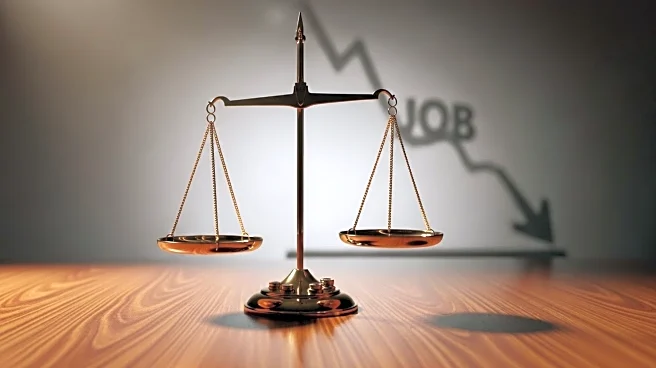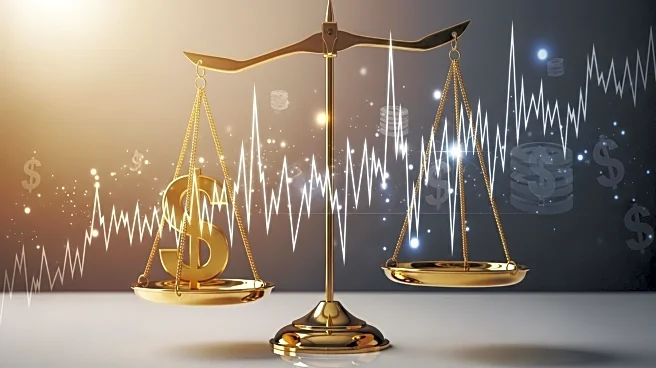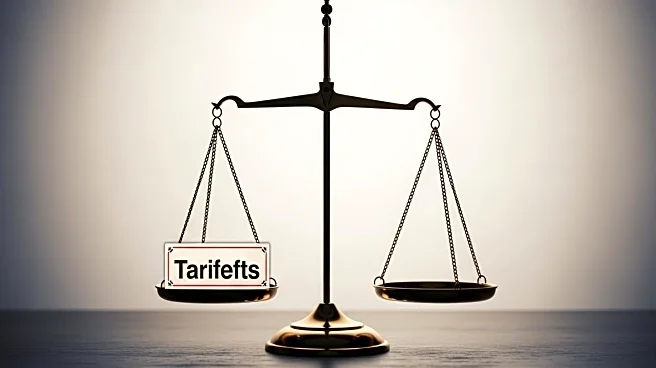What is the story about?
What's Happening?
Gary Cohn, IBM vice chair and former National Economic Council director under President Trump, expressed concerns about the current state of the U.S. job market, noting its degradation, which he believes may be temporary. This comes after the Federal Reserve's decision to lower its benchmark interest rate by 0.25 percentage points, marking the first rate cut since December. The rate cut was implemented in response to slower economic growth and a stalling labor market. Federal Reserve Chair Jerome Powell emphasized the changing risks to the labor market, suggesting a cooling off period. Cohn pointed out that job creation has significantly decreased, with monthly figures dropping from over 100,000 to less than 50,000. He attributed this decline to companies managing their expenses by reducing labor costs, a shift from the labor hoarding seen during the COVID-19 pandemic.
Why It's Important?
The degradation of the job market and the Federal Reserve's rate cut have significant implications for the U.S. economy. A declining job market can lead to reduced consumer spending, affecting economic growth. The rate cut aims to stimulate the economy by making borrowing cheaper, potentially encouraging investment and spending. However, the reduction in job creation and companies cutting labor costs could lead to increased unemployment, affecting household incomes and economic stability. The Federal Reserve's actions and the job market's response are crucial indicators of the economic health and future policy decisions.
What's Next?
The Federal Reserve's rate cut and the job market's performance will likely influence future economic policies. Stakeholders, including businesses and policymakers, will closely monitor the labor market and economic indicators to assess the effectiveness of the rate cut. Companies may continue to adjust their labor strategies based on economic conditions, potentially impacting employment rates. The Federal Reserve may consider further rate adjustments depending on economic developments and inflation rates.
AI Generated Content
Do you find this article useful?













